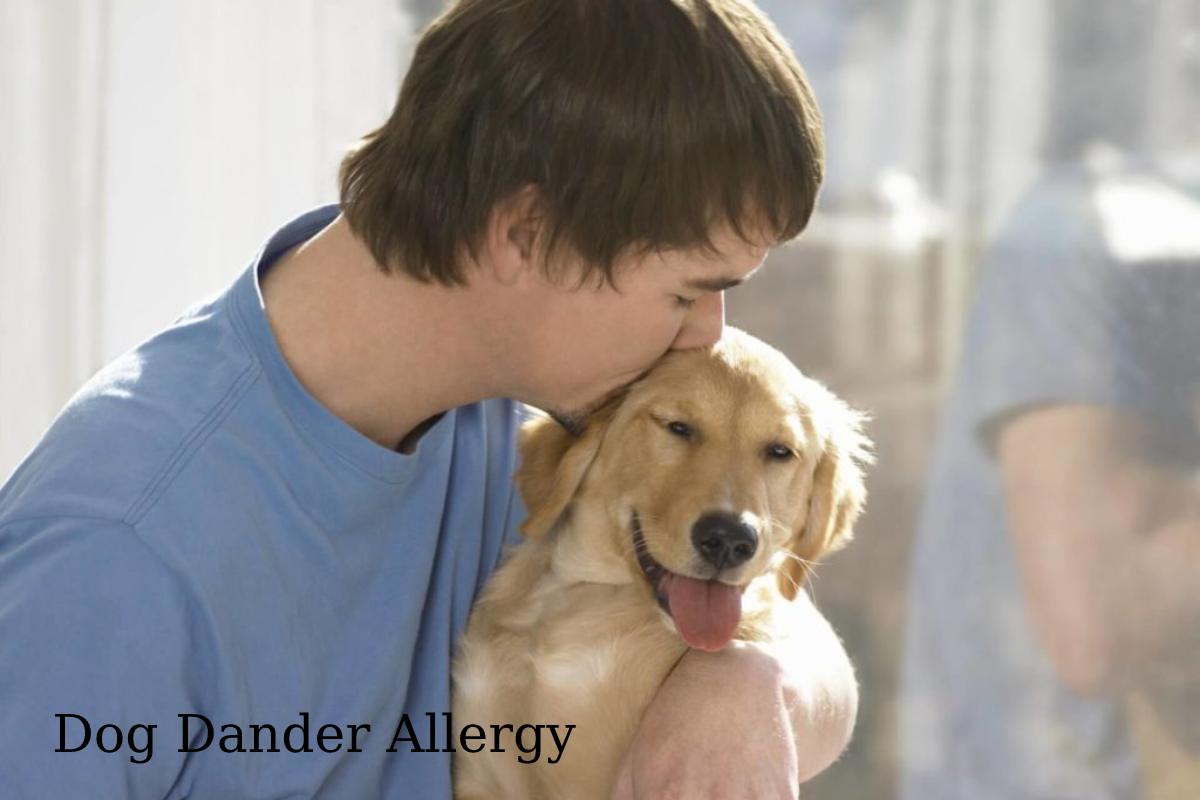Dog dander allergy is a condition where people are allergic to the skin cells of dogs. The symptoms of this allergy can range from mild to severe, and in some cases, it can even be life-threatening. If you think you may have a dog dander allergy, it is important to see an allergist for proper diagnosis and treatment. There are many different ways to treat a dog dander allergy, and the best course of treatment will depend on the severity of your symptoms. With proper treatment, most people with this allergy can live relatively normal lives.
Table of Contents
What is dog dander?
Dog dander is the flakes of skin that dogs shed. It is made up of dead skin cells, hair, and other debris. When dogs shed their dander, it becomes airborne and can be inhaled by people nearby. For people with dog dander allergies, this can cause a range of symptoms, from mild to severe. Symptoms of a dog dander allergy include:
-sneezing
-coughing
-wheezing
-shortness of breath
-chest tightness
-difficulty swallowing
-hives
-itchy eyes, nose, or throat
-swelling of the face, lips, or tongue
-dizziness or lightheadedness
-nausea
– vomiting
-diarrhea
-anaphylaxis (a severe and potentially life-threatening allergic reaction)
If you experience any of these symptoms after being around dogs, it is important to get a dog dander allergy test. There are many different ways to treat a dog dander allergy, and the best course of treatment will depend on the severity of your symptoms. With proper treatment, most people with this allergy can live relatively normal lives.
What Are Some Common Treatments For A Dog Dander Allergy?
There are many different ways to treat a dog dander allergy, and the best course of treatment will depend on the severity of your symptoms.
Some Common Treatments For A Dog Dander Allergy Include:
-Allergen immunotherapy: This is a type of treatment that helps your body build up immunity to the allergens that cause your symptoms. It is usually given in the form of shots, and it can take several months or years for it to be effective.
-Antihistamines: These medications can help relieve mild to moderate symptoms of an allergic reaction. They are available over-the-counter and by prescription.
-Decongestants: These medications can help relieve a stuffy nose and congestion associated with an allergic reaction. They are available over-the-counter and by prescription.
-Nasal corticosteroids: These medications can help reduce inflammation in the nasal passages. They are available by prescription only.
-Oral corticosteroids: These medications can help reduce inflammation throughout the body. They are available by prescription only.
If you have a dog dander allergy, it is important to see an allergist for proper diagnosis and treatment. With proper treatment, most people with this allergy can live relatively normal lives.
What are Some Tips For Living With A Dog Dander Allergy?
If you have a dog dander allergy, there are some things you can do to make your life easier. Some tips for living with a dog dander allergy include:
-Wash your hands after petting any animals.
-Avoid close contact with dogs, including hugging, kissing, and sleeping in the same bed.
-Don’t let dogs into your home or anywhere else where you spend a lot of time (e.g., work, school).
-Vacuum regularly and dust with a damp cloth to remove pet dander from your home.
-Wash all bedding, curtains, and clothing that may have come into contact with pet dander.
-Consider using an air purifier in your home.
-Avoid places where there are likely to be dogs, such as dog parks or houses where friends or family members have dogs.
If you have a dog dander allergy, it is important to see an allergist for proper diagnosis and treatment. With proper treatment, most people with this allergy can live relatively normal lives.

